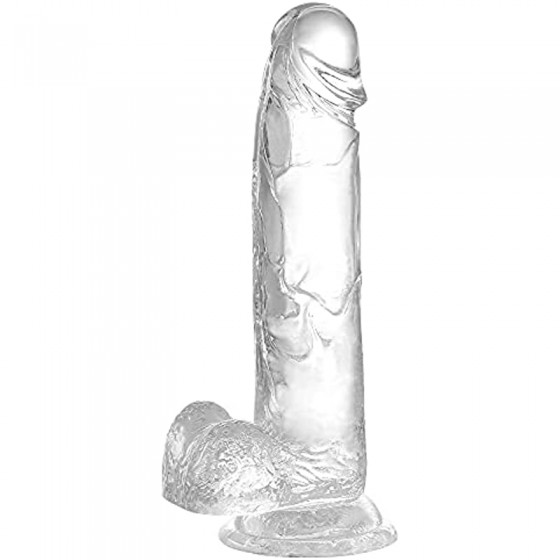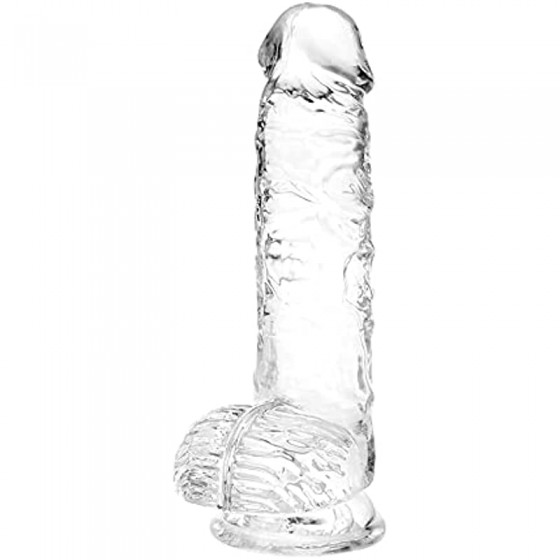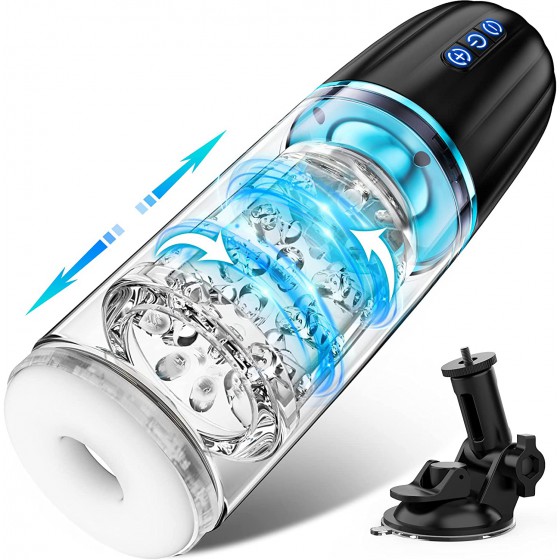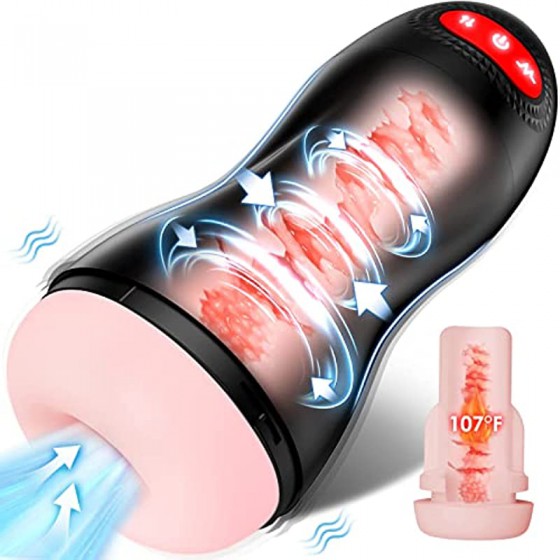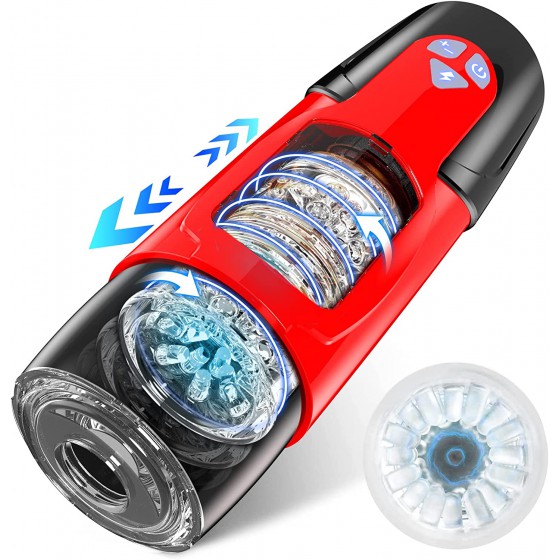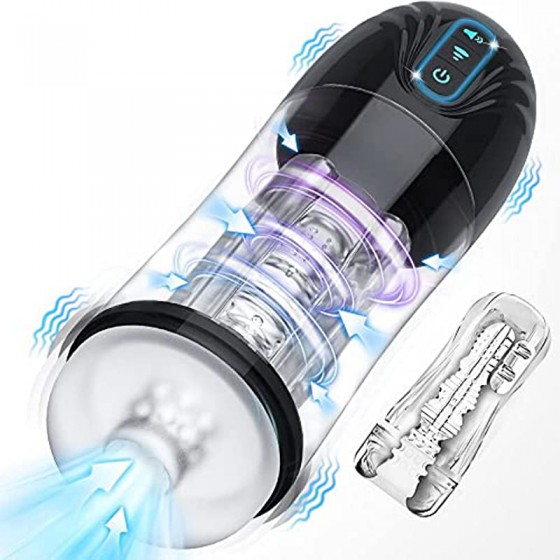Semen cysts and sexual function
There are many urological diseases that cause male sexual dysfunction. Infections that may involve the urethra, prostate or testicles often lead to sexual difficulties; however, benign scrotal masses can also be the cause of hindering sexual function. Commonly encountered benign scrotal masses include testicular hydrocele, varicocele, and seminal cysts, which are often associated with the testicles, epididymis, and other scrotal contents and may become a matter of great concern to patients or their partners. Therefore, it is necessary to introduce relevant knowledge to readers.
In the "courtyard" of the scrotum, usually only the testicles, epididymis, and spermatic cord live, but sometimes strange faces appear, one of which is the semen that we will focus on. Cyst. It is more common in middle-aged people aged 40-60 years. A semen cyst is a cystic, painless or slightly painful, sometimes sinking, scrotal mass that contains sperm and fluid. It is more common near the head of the epididymis, adjacent to or on the back of the upper pole of the testis. Their size varies widely: some are small, only a few millimeters in diameter; some are as big as glass balls or testicles; the largest ones can exceed 10 centimeters in diameter.
Seminal cysts are often discovered incidentally during routine physical examination, or may be discovered by patients while bathing or self-examination of scrotal contents. If the semen cyst is quite large, your partner may be the first to notice it, which is more common when both partners are engaged in sexual activity. Seminal cysts can also be multiple and exist on both sides of the scrotum, or they may involve one epididymis. They are usually asymptomatic, but if they become particularly large, they can cause testicular pain and force patients to seek medical attention.
As a painless scrotal mass, the possibility of hydrocele, varicocele, epididymal tuberculosis, epididymal tumors, testicular tumors and other masses must be considered in the differential diagnosis.
Any process that can cause acute inflammation of the epididymis or testicles can cause swelling of the epididymis and testicles, but these disorders are usually accompanied by considerable pain and are not easily confused with seminal cysts.
Testicular hydrocele is quite common, and people often confuse it with a seminal cyst. During a physical examination, you can feel that a large amount of fluid accumulates in the hydrocele, which is usually located in front of the testicles or surrounds the entire testicles. It is often difficult for doctors to feel the testicles through the fluid. Its light transmission test shows a high degree of light transmission. If you use needle aspiration, you can suck out a lot of clear strawberry-colored liquid.
Varicocele is more common in young people and is a large, dilated, earthworm-shaped venous plexus located in the spermatic cord above the testicles. During a physical examination in a standing position, you can see a large number of curved superficial veins on the surface of the scrotum. When touched, you can find that the spermatic cord is very thick and contains many cord-like uneven blood vessels. Mostly located above and behind the testicles. It is one of the important causes of male infertility.
Epididymal tuberculosis may be a rather hard cord-like mass, and sometimes combined signs such as bead-like vas deferens, uneven induration of the seminal vesicles and prostate can be palpated. Most patients have sterile pyuria. The clinical findings are helpful in establishing the diagnosis of epididymal tuberculosis.
Epididymal tumors are relatively rare and are usually benign, radiopaque myoid adenomas.
Testicular tumors can also be painless scrotal tumors, but they are enlargements of the testicle itself rather than another mass. The epididymis usually appears normal on physical examination. If the tumor is accompanied by hydrocele, it will make diagnosis difficult. If a testicular tumor is suspected, it should be thoroughly explored through an inguinal incision.
The physical examination of the semen cyst shows that it is an independent mass that is not connected with the testicles. It feels smooth, has clear boundaries, is soft in texture, and can move. It can feel cystic on palpation, but if it is a long-standing cyst, it can also be quite hard, similar in hardness to the testicles and epididymis. When performing a scrotal radiograph, light easily passes through the cyst. If you do a puncture examination of the cyst, you can see many inactive sperm under the microscope.
Since this kind of cyst is rarely known, men who find a sudden lump in their scrotum are often very nervous and uneasy, and suspect that they have a testicular tumor. In fact, a semen cyst is by no means a tumor. It is a cyst formed by semen stasis. Its cause is not yet fully understood, but it may be related to sexual stimulation, chronic infection of the testicles and epididymis, or partial obstruction of the ducts that transport sperm. However, clinical practice has proved that patients do not develop clear fluid cysts after vasectomy, which shows that the obstruction theory cannot be established. Its occurrence may also be related to local injury or sexually transmitted infection. Others have suggested that the epididymal ducts in the head of the epididymis flex, turn, or form diverticula. As time goes by and sperm continue to accumulate, the diverticulum tubules continue to grow, thus forming seminal cysts. Seminal cysts can also occur when the epididymis becomes blocked or scarred due to inflammation or trauma.
Seminal cyst can cause sexual dysfunction. If it is quite large, men will experience pain in the testicles and scrotum during sexual intercourse, which can lead to secondary impotence. Theoretically, seminal cysts can cause anxiety and subsequently lead to psychological impotence. This requires a full explanation by the doctor to relieve the patient's fears. When the semen cyst is large in size, it can change the appearance of the external genitalia, and can also become one of the causes of operational anxiety and lead to impotence. If the cyst grows too large and compresses the blood supply to the testicle, it can lead to testicular atrophy and infertility.
Treatment of seminal cysts is not difficult. If the size is not large, it is discovered accidentally by oneself or during a physical examination, and there are no symptoms at ordinary times, then no treatment is required. As long as the patient is explained and educated in detail to relieve the ideological concerns. If a semen cyst causes complications or becomes a source of anxiety for the patient, it should be surgically removed. The measures taken in the past to simply withdraw fluid and inject sclerosing agent to shrink the cyst are unreliable and can often recur or cause infection, making future operations difficult. Therefore, surgical resection is now often advocated. Since the surgery is small, the patient will not experience much pain. A small scrotal incision is sufficient to mobilize, separate, and remove the cyst, and the surgical results are often good. During surgery, the doctor will carefully separate the cyst from the testicles and epididymis, and then remove it completely. During the surgery, the doctor will try to be careful not to compress and damage the blood supply to the testicles or damage the continuity of the epididymis and vas deferens. If the cyst is open or has been aspirated before surgery, the fluid will appear thin, white, or cloudy, and immotile sperm will be visible when examined under a microscope. Complications from surgical removal of a semen cyst are mild and rare and include scrotal hematoma, infertility (if the epididymis is removed), and testicular atrophy if the blood supply to the testicles is affected. Middle-aged and elderly patients who no longer need to have children can receive small-dose local x-ray irradiation, which can promote cyst shrinkage and has no obvious side effects.


